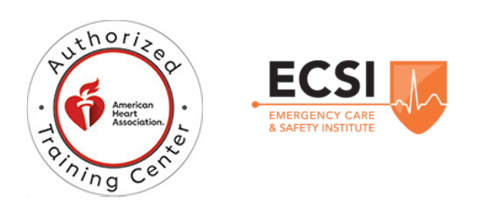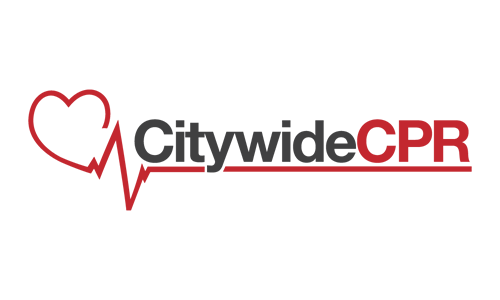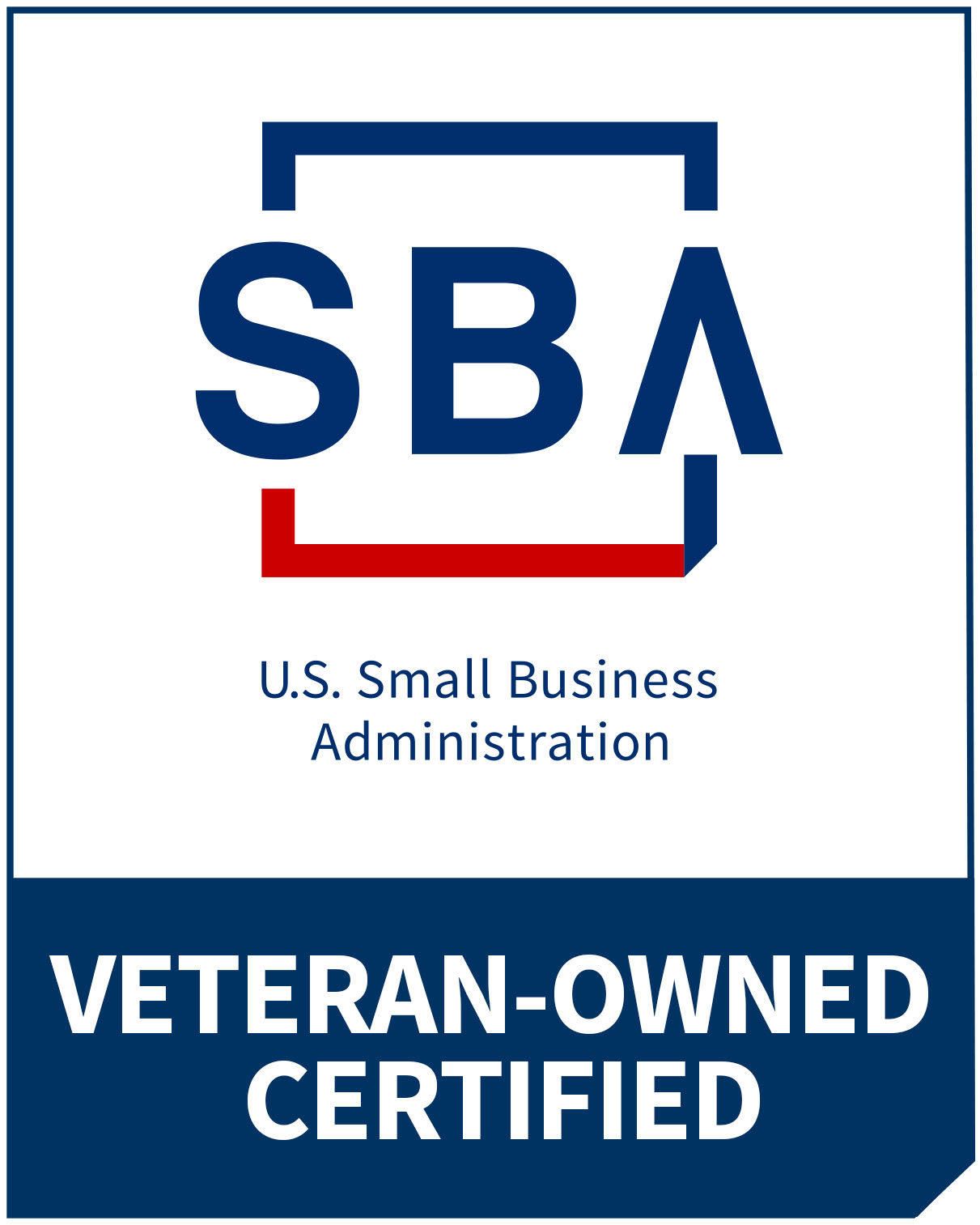During a cardiac arrest, there are a lot of things that can happen to a patient. This is an effect of the sudden loss of heart function as well as loss of consciousness. This leads to a lot of accidents on top of the cardiac arrest itself. It is important that people who are experiencing warning signs for cardiac arrest be wary of the possible consequences so as not to endanger others as well.
Keeping Close Company
One of the most important thing that a person who might be susceptible to sudden cardiac arrest should do is to keep company. Being close to people can be helpful if the most unfortunate event – sudden cardiac arrest – occurs. With people around, many can help call emergency services, as well as perform cardiopulmonary resuscitation and use an automatic external defibrillator on the patient. This is why people should learn CPR and establishments should have an updated AED. Saving the life of an individual is always worth every penny and effort given.
Avoid Driving
One of the things that people who might experience sudden cardiac arrest is to operate heavy machinery. Driving a car can be counted as operating heavy machinery, and if the unfortunate happens, the car may be speeding down the freeway when cardiac arrest occurs, affecting others as well and making revival complicated. When deemed susceptible, it is best to have someone else manage the driving while the individual rests.
Avoid High Places
Another thing that susceptible SCA patients should avoid is going up high places such as stairs, ladders. It is better to be safe and fall unconscious onto a flat surface rather than fall from a high place. Although going through these places may be inevitable, it is always best to be surrounded with people who can assist you even while unconscious.
Avoid Being Along with Incapable Individuals
Finally, a person who is susceptible to SCA should not volunteer to look after other people’s pets or children. This is because there may be a chance that it happens during the duty and what is left behind may be affected without others supervising. It is always best to be careful when it comes to these situations and inform the people asking you to take care of their pets or children of your condition.
From all these, the most important thing that a person susceptible to SCA should do is to keep surrounded and tell others immediately of the condition. This is so that the people keeping company can be prepared for whatever may happen to the person. It is the duty of the individual susceptible to SCA to inform others. The other people then has a civic duty to know CPR and be able to locate and use the CPR as well as contacting emergency services. Although this may be counted as being overprotective, nothing is too much when it comes to the life of a human being. With more and more people succumbing to sudden cardiac arrest as reflected by recent statistics by the American Heart Association, just attending a CPR certification training, even without anyone within your circle susceptible to sudden cardiac arrest, can greatly help someone in need.





